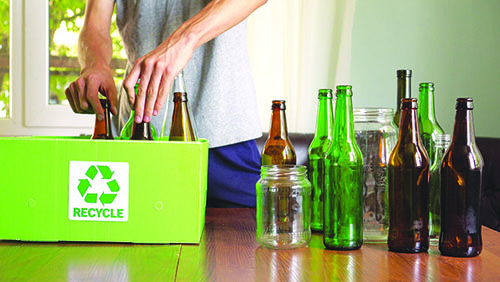EPA has completed the “Record of Decision” (ROD) for the Nuclear Metals, Inc. Superfund Site, located in Concord, Massachusetts.
The ROD outlines a detailed plan for cleaning up contaminated soil, sediment and groundwater at the site.
The ROD explains the various cleanup options chosen by EPA for the site. EPA selected a cleanup that includes excavation and off-site disposal of sediments and soils located outside of the Holding Basin, stabilization of Holding Basin soils, and containment of those soils with a vertical wall and horizontal cover. The ROD also includes treatment and monitoring of groundwater at the site. The approximate cost for EPA’s cleanup decision is estimated to be approximately $125 million.
A remedial investigation conducted at the site was completed in April 2014. The investigation summarized the nature and extent of the site’s contamination and was used to prepare a feasibility study, completed in October of 2014, which identified all of the options EPA considered for the cleanup. The study evaluated different combinations of cleanup options to restrict access to, contain, remove, and/or treat contamination to protect human health and the environment by preventing risk of exposure from site related contaminants in the soil, sediment, and groundwater.
The ROD includes the following components:
- Excavation and off-site disposal of approximately 82,500 cubic yards of contaminated materials.
- In-Situ stabilization of depleted uranium contaminated soils in the Holding Basin using apatite injection.
- Extraction and ex-situ treatment of groundwater for volatile organic compounds (VOCs) and 1,4-dioxane.
- In-situ treatment of depleted uranium and natural uranium in groundwater.
- Long term monitoring to monitor the effectiveness of the treatment.
- Institutional controls to prevent disturbance of the Holding Basin area, prevent the use of site groundwater, and address potential vapor intrusion risks.
As part of this ROD, EPA has also decided to accelerate the cleanup of 1,4 dioxane in groundwater by initially addressing the contamination under Non-Time Critical Removal Authority. Recent sampling indicates that the 1,4 dioxane plume may be migrating underneath the Assabet River. Beginning the groundwater remedy for 1,4 dioxane before the rest of the proposed remedial action would contain this plume from expanding further, thereby avoiding the increase in time and cost for this component of the remedy. The ROD provides additional information regarding risks at the site relating to 1,4 dioxane in groundwater.
In 1958, Nuclear Metals, Inc. began operating a manufacturing facility on previously undeveloped land. The company produced depleted uranium products, primarily as penetrators for armor piercing ammunition. They also manufactured metal powders for medical applications, photocopiers, and specialty metal products, such as beryllium tubing used in the aerospace industry. Operations at the site resulted in contamination of soils, sediments and groundwater.
EPA has taken two time critical removal actions, one in 2002 and one in 2008, to address materials which presented more immediate risks at the site. In 2011, a Non Time-Critical Removal Action began at the Site to address the contaminated buildings. This removal action is ongoing.
Published in the November 2015 Edition of American Recycler News







